Optimal Timing for Concrete Repairs
Concrete repairs are most effective when performed under optimal weather conditions. Temperature, humidity, and precipitation significantly influence the curing process and the durability of repairs. Understanding the best timing ensures longevity and quality of the repair work.
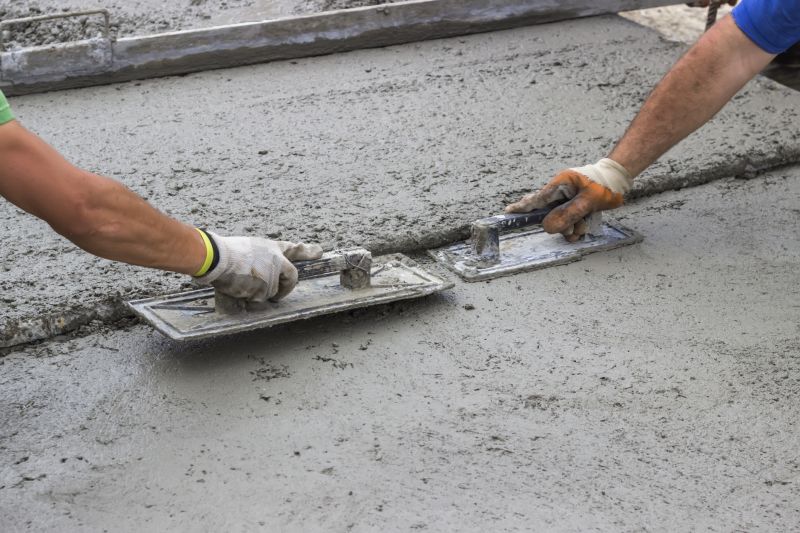
Spring offers moderate temperatures and low humidity, ideal for concrete curing and repair work.

Early summer provides warm conditions but requires precautions against rapid drying and high temperatures.
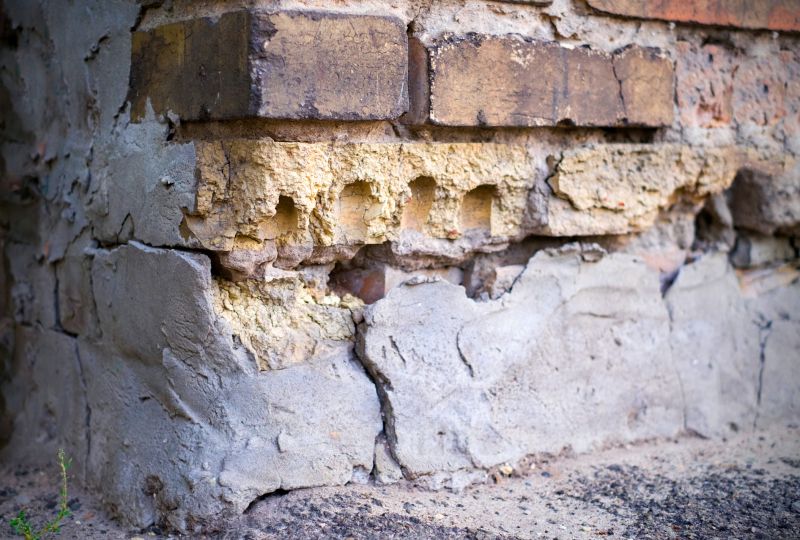
Fall's cooler temperatures and lower humidity make it suitable for concrete repairs before winter.
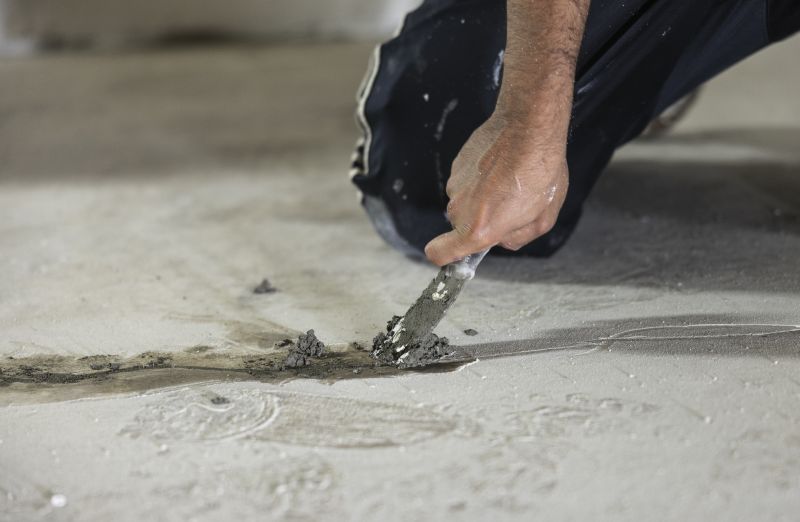
Ways to make Concrete Repairs work in tight or awkward layouts.
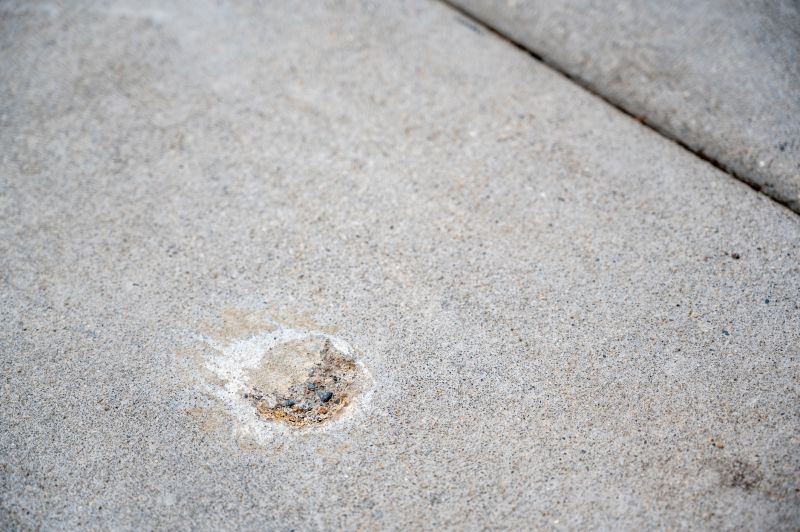
Popular materials for Concrete Repairs and why they hold up over time.

Simple add-ons that improve Concrete Repairs without blowing the budget.

High-end options that actually feel worth it for Concrete Repairs.
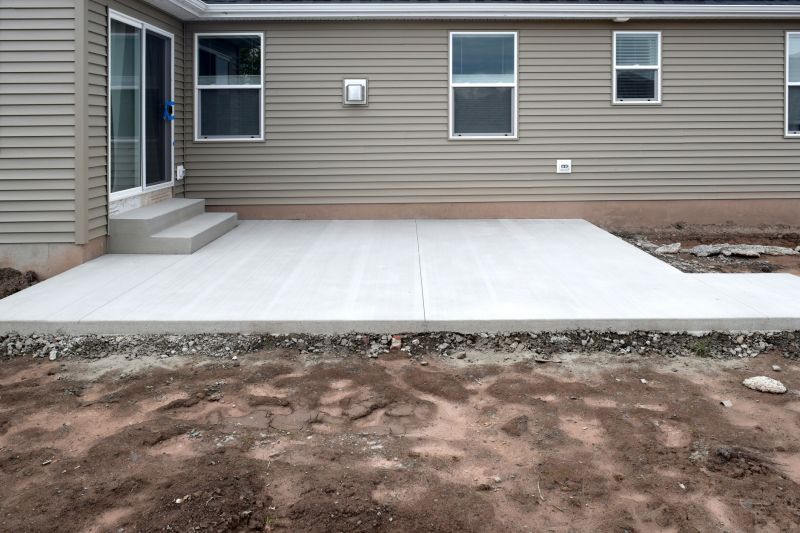
Finishes and colors that play nicely with Concrete Repairs.
Concrete repair projects are sensitive to environmental factors. During cold weather, the curing process can slow significantly, leading to weaker repairs. Conversely, excessive heat can cause rapid drying, resulting in cracking. Therefore, selecting a time with stable, moderate weather conditions enhances repair quality.
Ideal temperatures for concrete repairs range from 50°F to 85°F to ensure proper curing.
Low to moderate humidity levels support effective curing and reduce the risk of cracking.
Avoid scheduling repairs during rain or snow to prevent water damage and weak bonding.
Spring and fall are generally preferred for concrete repairs due to favorable weather conditions.
| Season | Recommended Conditions |
|---|---|
| Spring | Moderate temperatures, low humidity, minimal rain |
| Summer | Warm temperatures, avoid peak heat hours, protect from rapid drying |
| Fall | Cooler temperatures, low humidity, dry weather |
| Winter | Not recommended unless climate-controlled environment is available |

Proper environmental conditions are crucial for successful concrete repairs.

Optimal weather ensures proper curing, resulting in durable repairs.
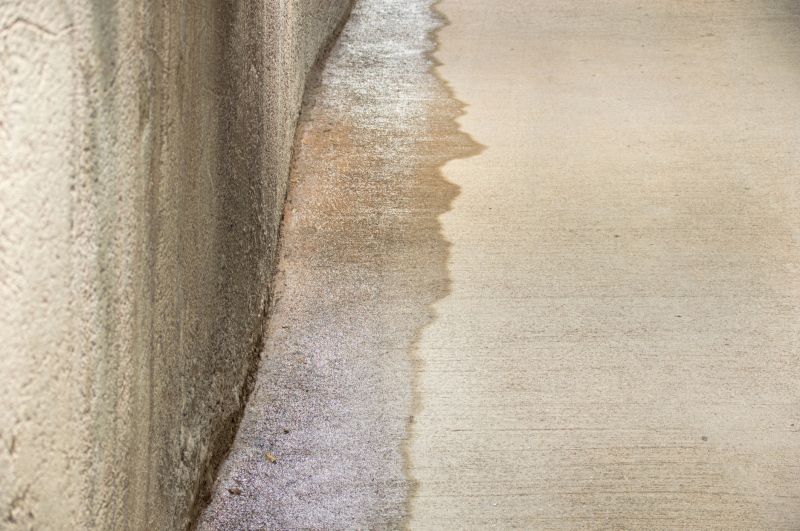
Monitoring weather conditions helps determine the best time for repairs.

Timely repairs contribute to a smooth and long-lasting surface.
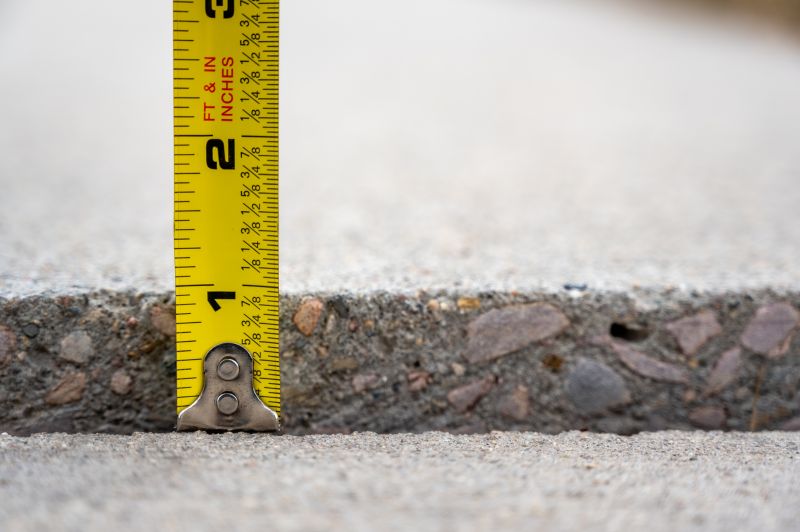
Little measurements that prevent headaches on Concrete Repairs day.
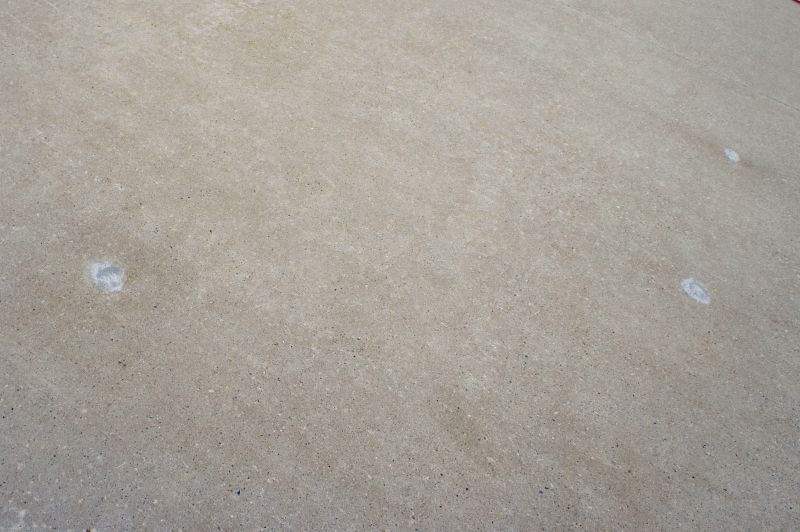
A 60-second routine that keeps Concrete Repairs looking new.
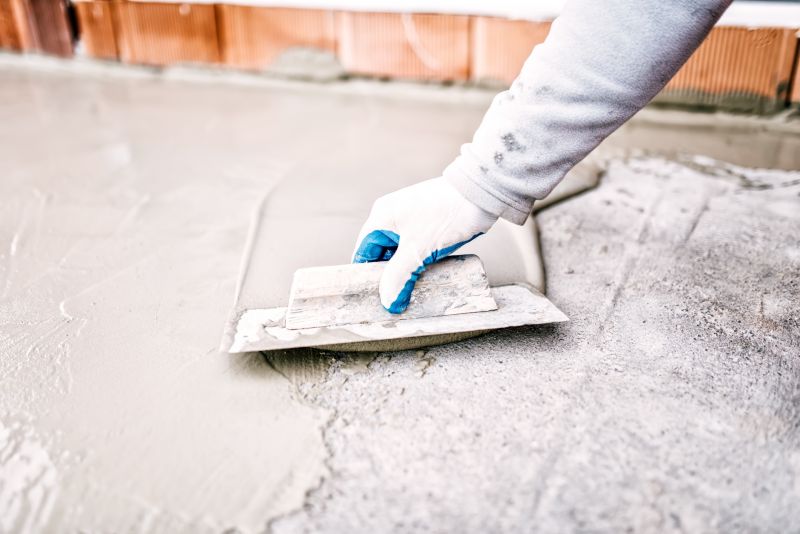
A frequent mistake in Concrete Repairs and how to dodge it.

Small tweaks to make Concrete Repairs safer and easier to use.
Choosing the right time for concrete repairs is essential for achieving durable and lasting results. Proper planning around seasonal weather patterns minimizes issues such as cracking, improper curing, and early deterioration. Consulting with professionals can help identify the most suitable window for repairs based on local climate conditions.
Schedule during favorable weather to ensure the best results.
Assess local weather patterns to determine optimal repair periods.
Proper timing enhances the durability and appearance of repairs.
Consult experts to select the best repair timing based on current conditions.

